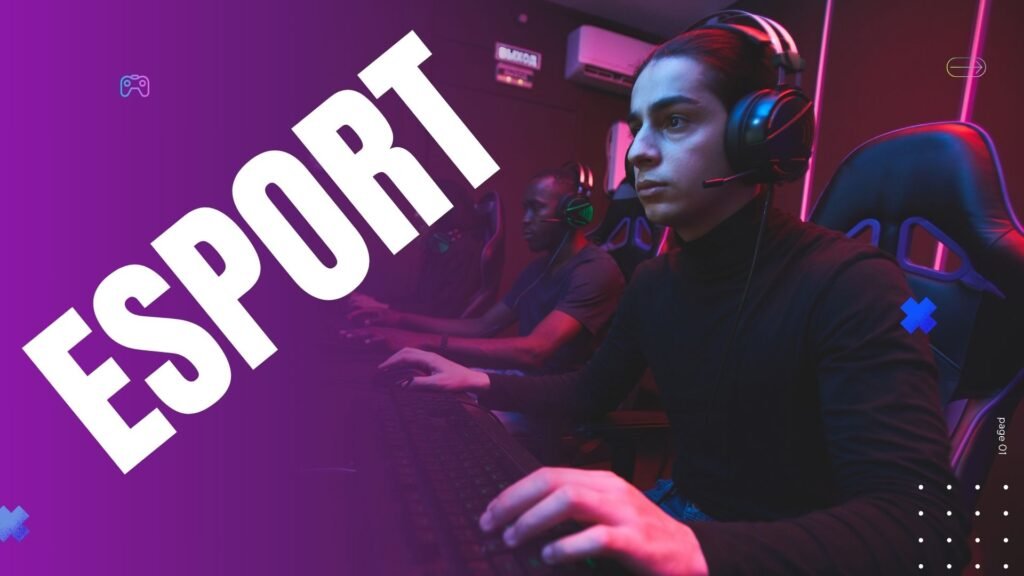Rainbow Six Siege’s ladder has never been steeper. Since Ubisoft moved to seasonal rank resets and compressed MMR ranges, escaping Gold often feels less like a slow ascent and more like a bobsled run—one bad slump, and you plummet an entire color band. Add in the perpetual operator re-balances of Operation Deep Freeze and its successors, and yesterday’s “safe pick” can tank your win rate overnight. Data, not hunches, is now the only compass that points upward. That’s where R6 Tracker, the Overwolf overlay and companion site, turns the raw blizzard of Siege telemetry into a step-by-step map from Copper to Platinum.
Table of Contents
Know the Mountain Before You Climb
Before you can plan a route, you need to understand the terrain. Ubisoft’s official rank system awards or removes Renown Points (RP) based on hidden skill variables, squad MMR spread, and the opponent’s recent form. Those variables are opaque in-game, so most players over-focus on K/D and “feeling good” rounds. R6 Tracker exposes the rest of the picture by pulling real-time lobby data: average squad MMR, map win rates, and the operator pool of your opponent’s spam. A glance at the overlay just after match-making tells you whether you must play tight meta or can risk a pocket strat. The information lives where your eyes already are—on-screen—so you adjust before the prep phase, not during the kill cam.
Real-Time Intel: Cutting the Climb in Half
Time is the climber’s scarcest resource. The Tracker’s live panel refreshes every few seconds, updating entry-frag stats, survival time, and heat-map deaths as the round evolves. It flags the Ash, who has opened three rounds in a row, letting you swap from Jäger to Wamai and burn her breaching charge path. Post-match, r6 tracker the overlay auto-saves a timeline showing when every pick occurred, which site you defended, and how long the defuser sat idle. Scrubbing through that single graph often reveals why you stalled at Gold III: late rotates, unused utility, or an over-reliance on gun fights after 1:30 on the clock. That clarity is worth dozens of dull VOD sessions.
TRN Elo vs. Ubisoft MMR: A Tale of Two Numbers
Ubisoft’s MMR moves only when the match ends, but TRN Elo—a proprietary algorithm inside R6 Tracker—ticks after every impact event: entry kills, plants, clutch rounds, and denial gadgets activated. You might finish minus-two on kills yet still gain TRN Elo because your Smoke held Server for the crucial 45 seconds that won the map. The overlay charts both curve together; when TRN Elo rises faster than Ubisoft MMR, you’re playing well, but queue luck is lagging. When it stalls or dips first, your mechanics (head-shot rate, reaction time) need work. In practical terms, that comparison stops tilt before it starts: you see progress even on losing nights, and you know exactly which statistic stalled the ascent.
Patch Resilience: Staying One Step Ahead of the Meta
Every Siege season rewrites at least one chapter of the rulebook—frag-grenade arcs, recoil tables, or operator hit-boxes. In Year 9, the Deep Freeze patch slowed projectile gadgets and vaulted a fan-favorite map; Heavy Mettle nerfed the most-played LMG in ranked. R6 Tracker hot-fixes its client within hours of each reveal stream, instantly updating win-rate dashboards and weapon TTK calculators. The speed matters: habits built on the last patch’s stats are the ankle weights that keep you in Silver. With fresh data in hand, you can bench an underperforming main before it costs you promotion matches.
Daily, Weekly, Seasonal: Building Rituals Around Data
Successful climbers build feedback loops. Daily, check the overlay’s “Yesterday” tab: highlight one recurring death spot and solve it in Terrorist Hunt drills. Weekly, export the past seven matches into a CSV and sort by TRN Elo delta; note which three operators yield positive impact and lock them for the next push. At the season start, run the Rank Distribution panel to gauge where the population’s median now sits—if Gold II is the new middle, adjust your Platinum goalposts upward. These rituals turn the R6 Tracker from a shiny gadget into a training partner that nags you with objective truth.

From Solo Queue to Stack Play: Sharing the Roadmap
Climbing alone is possible, but Siege was built for synergy. The Tracker’s squad hub lets you create a shared roster, merge individual stat lines, and view a composite heat map of team deaths. Suddenly, that stubborn cash-stairs push on Bank looks like the bright red blob it is. Premium subscribers unlock cloud strat boards: drag operator tokens onto a minimap, paste last week’s kill feed, and sketch new rotate holes—all inside the same browser tab. Even if only the IGL pays, the rest of the squad reaps the insight via shared links and Discord embeds. Collaboration multiplies every data-driven improvement you make.
Trust and Performance: The Two Final Questions
No overlay is perfect. When Ubisoft throttles its public API, live-match features can freeze. Tracker Network maintains a status page and recommends the classic “close Siege, close Overwolf, reopen” sequence if the panel turns blank. Accuracy for current-season data sits above 99 % according to Overwolf’s public telemetry, but historical seasons pre-2023 sometimes display gaps after authentication changes. As for FPS impact, hardware-accelerated Web GL keeps average cost to under three frames on mid-range rigs; bind a hide-toggle hotkey before playoff scrims if you need absolute smoothness. In other words, the R6 Tracker is trustworthy—provided you respect its occasional blind spots.
The Ten-Step Road to Platinum
Put it all together, and the climb becomes a checklist rather than a mystery:
- Install the R6 Tracker and verify your Ubisoft ID.
- Benchmark your current TRN Elo vs. MMR gap.
- Identify a single weak site via heat maps and drill it.
- Swap or tweak your main based on post-patch win-rate shifts.
- Track entry-frag success—two early deaths in a row? Slow the pace.
- Review timeline spikes for 3-0 snowballs and patch those leaks first.
- Share squad dashboards so everyone sees the same truth.
- Schedule weekly CSV exports and graph improvement.
- Reset goals at season launch using global rank distribution.
- Celebrate the moment TRN Elo and MMR converge on Platinum, then start planning for Emerald.
With data in the driver’s seat, the ladder stops feeling like roulette and starts feeling like algebra: solve for the unknowns, and the promotion follows.
Five Frequently Asked Questions About R6 Tracker
1. Is R6 Tracker legal, or could it trigger a ban?
Yes, it is legal. The app reads data from Ubisoft’s public APIs and overlays information through Overwolf’s sanctioned layer—no game files are modified, so FairFight and BattlEye leave it alone.
2. How much does the premium tier cost, and do I really need it?
Premium runs about the price of two r6 tracker Alpha Packs per month. It removes ads, unlocks unlimited match history, and adds cloud strat boards. If you coach or stream, it’s a time saver; otherwise, the free tier covers every stat required to hit Platinum.
3. My overlay sometimes freezes between rounds—what’s wrong?
Usually Ubisoft’s stats endpoint is under r6 tracker heavy load post-patch. Restart Siege and Overwolf; if the issue persists, the Tracker status page will list an API outage window.
4. Can console players benefit, or is it PC-only?
You can track Xbox and PlayStation accounts on r6 tracker the web dashboard and in the mobile app, but the real-time in-match overlay remains a PC exclusive because Overwolf runs only on Windows.
5. Does focusing on stats hurt team play?
Numbers can encourage tunnel vision if taken out of context. Use them as conversation starters in review sessions, not as blame fuel mid-match. The best teams marry Tracker data with r6 tracker clear comms and VOD review.

